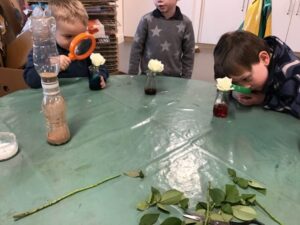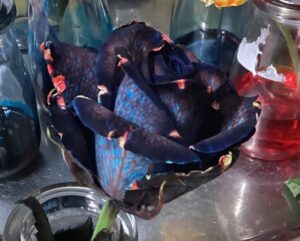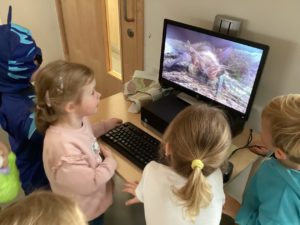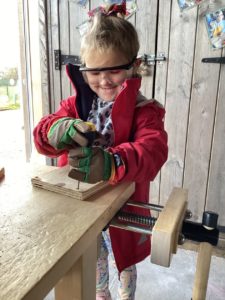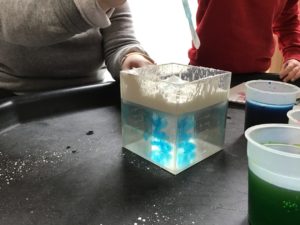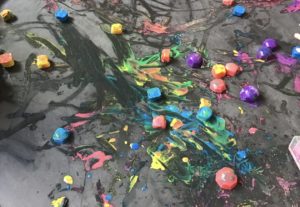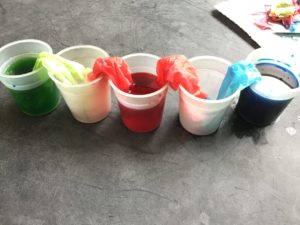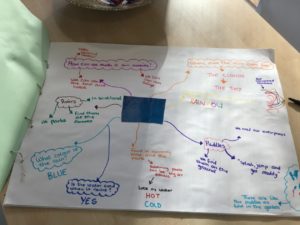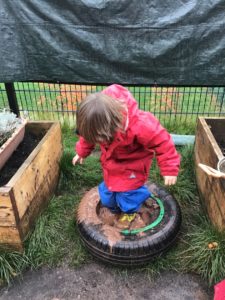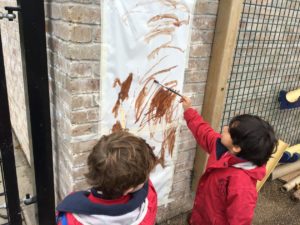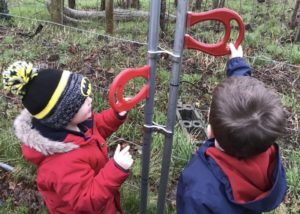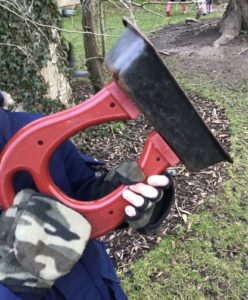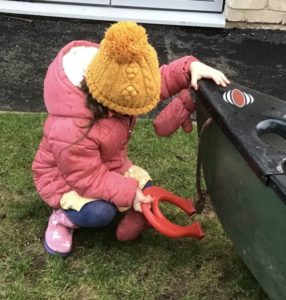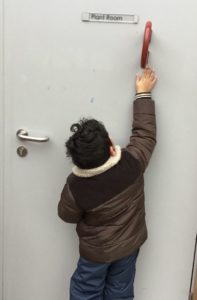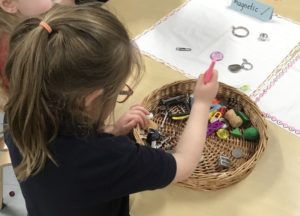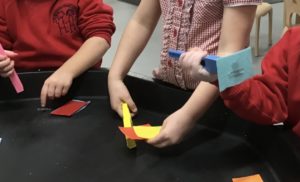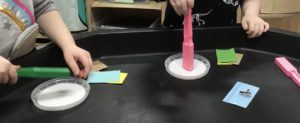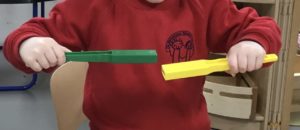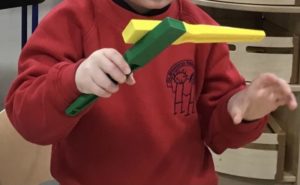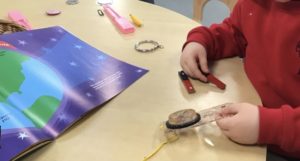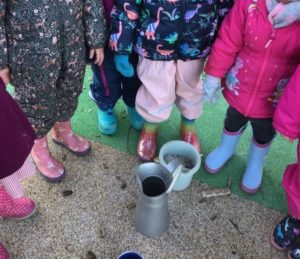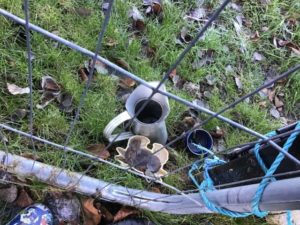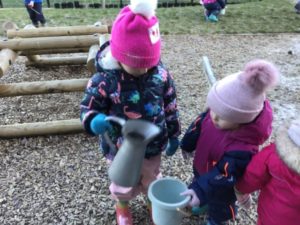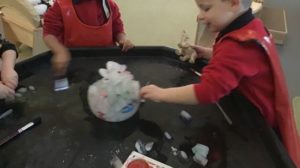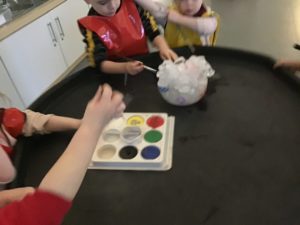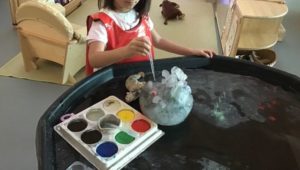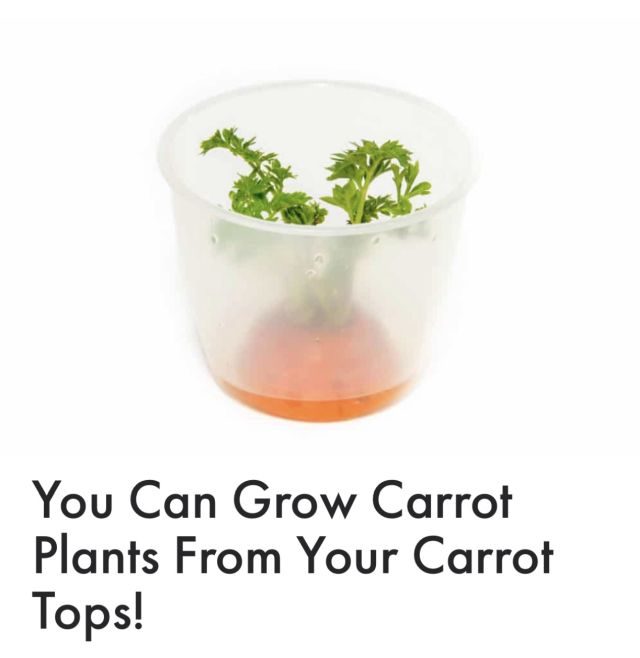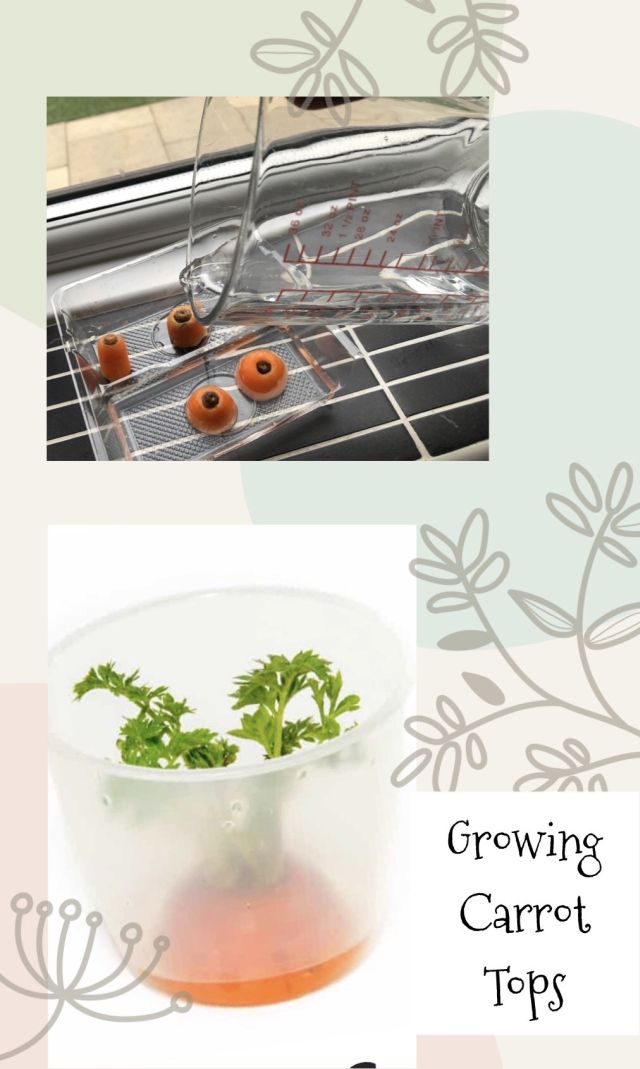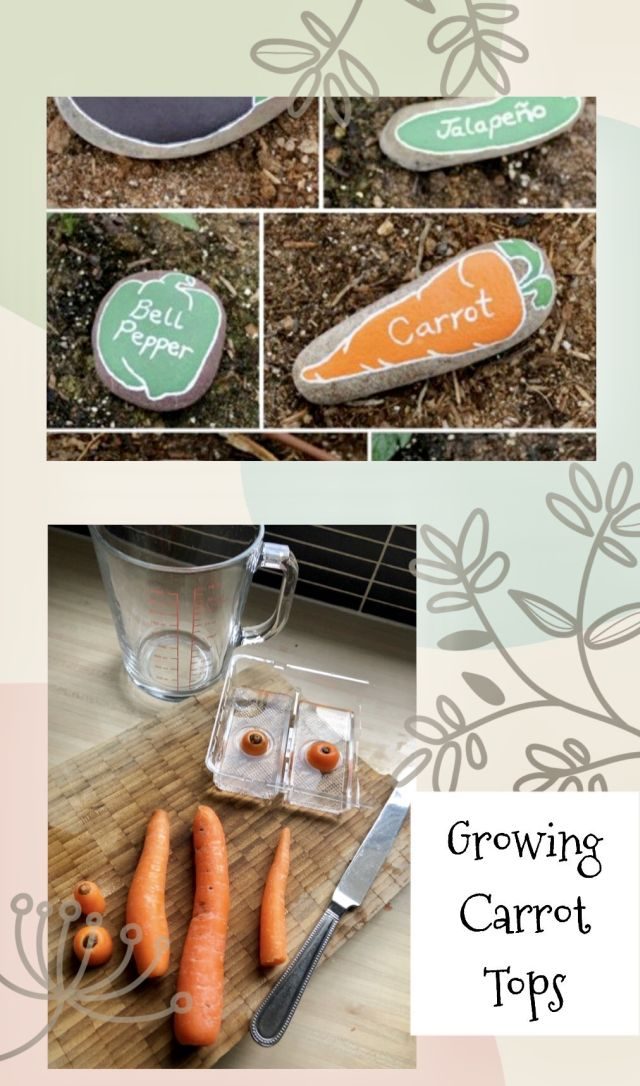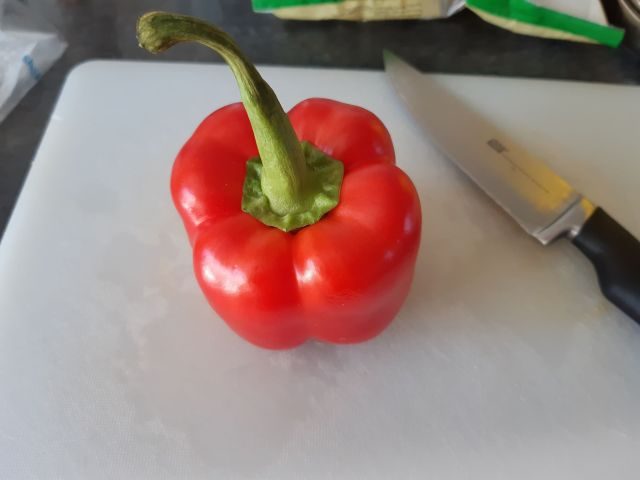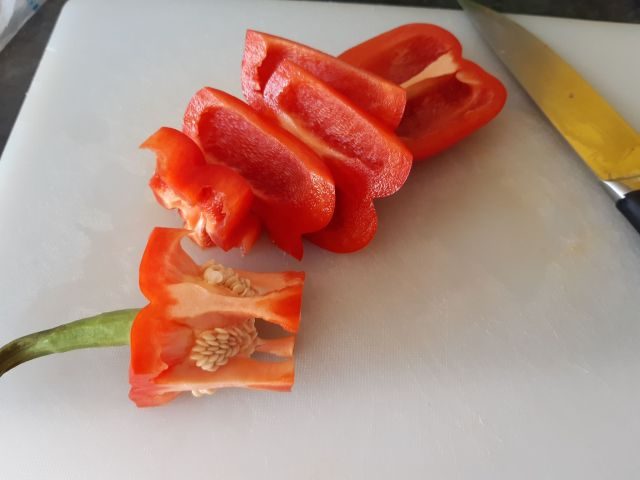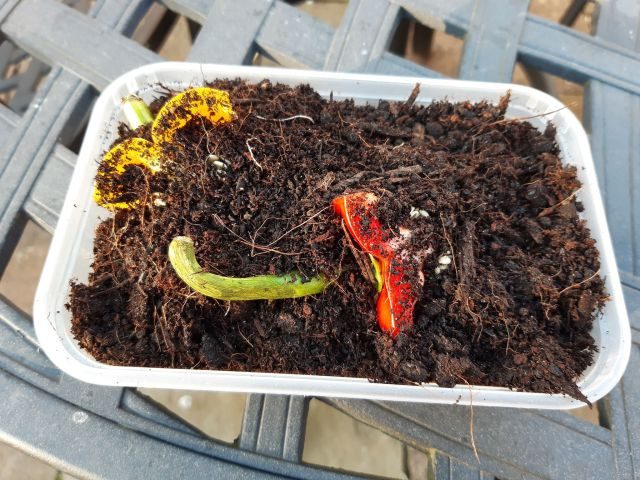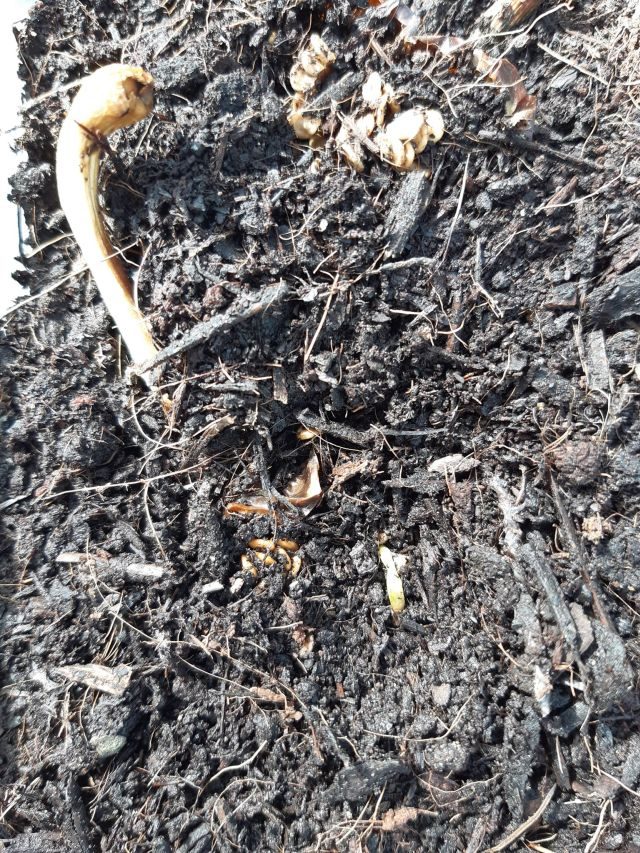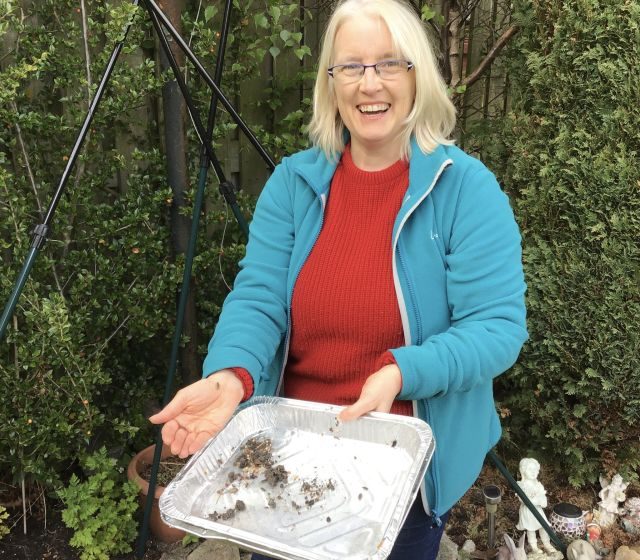 Children love exploring what they can find hidden under or in objects. Why not involve them in a minibeast hunt in the garden? This supports their curiosity by inviting them to look under stones or plant pots, to dig in the garden or to search other garden areas to discover minibeasts and where they can be found.
Children love exploring what they can find hidden under or in objects. Why not involve them in a minibeast hunt in the garden? This supports their curiosity by inviting them to look under stones or plant pots, to dig in the garden or to search other garden areas to discover minibeasts and where they can be found.
Finding the best places to search for minibeasts provides children with a problem solving experience as well as risk assessing the areas to keep safe. For example, care will need to be taken with possible hazards such as overhanging branches, uneven ground or slippery surfaces.
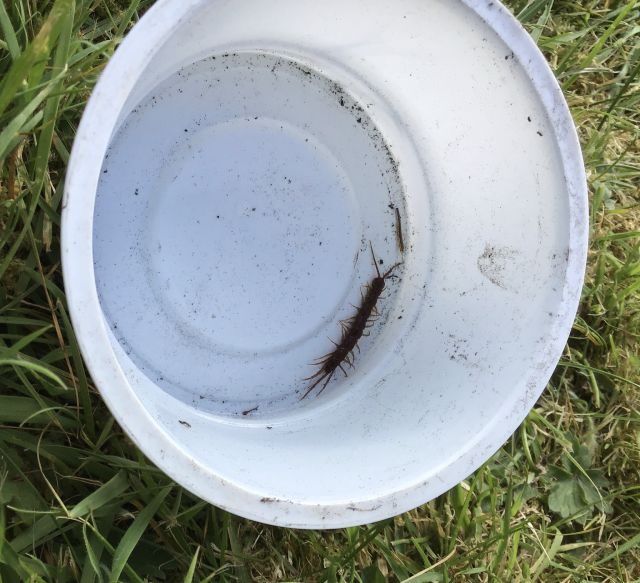
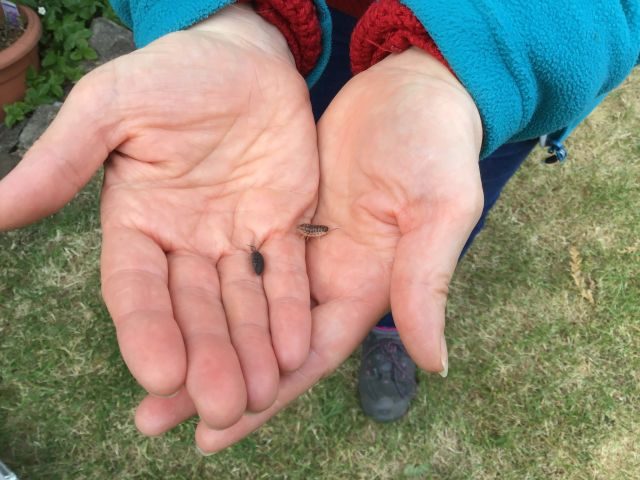
Some children love to pick up minibeasts, holding them in their hands. Providing a container or small spade may allow some children the opportunity to scoop up a minibeast to have a closer look if they prefer not to touch them. Using a magnifying glass is also a great way to look at them in close detail. Your child might enjoy drawing or painting a picture of the minibeasts they find, or perhaps like to take some photographs or make a model.
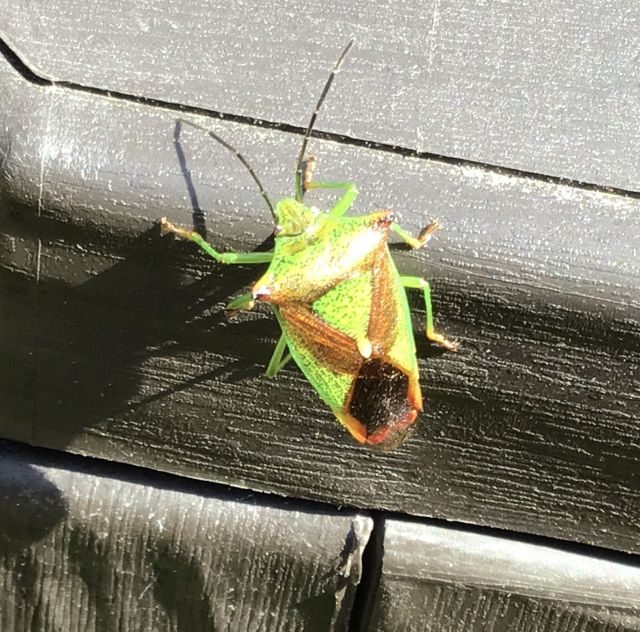
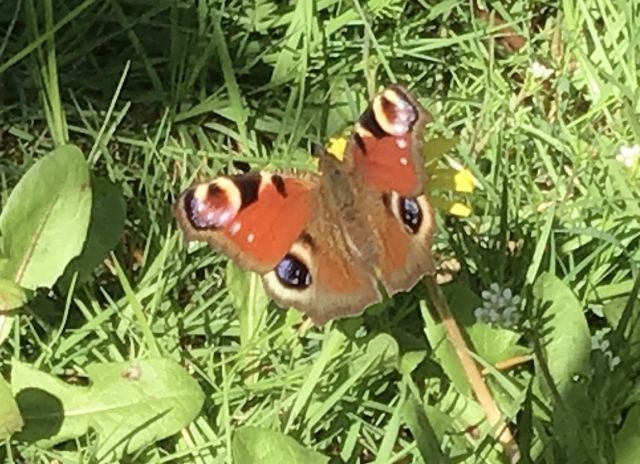 As children play and investigate the world around them you may hear them developing their numeracy skills as they count the number of legs on the minibeasts or the number of each minibeast they find. They will be excited to share news of their discoveries and recognise colours while talking about the characteristics of each minibeast.
As children play and investigate the world around them you may hear them developing their numeracy skills as they count the number of legs on the minibeasts or the number of each minibeast they find. They will be excited to share news of their discoveries and recognise colours while talking about the characteristics of each minibeast.

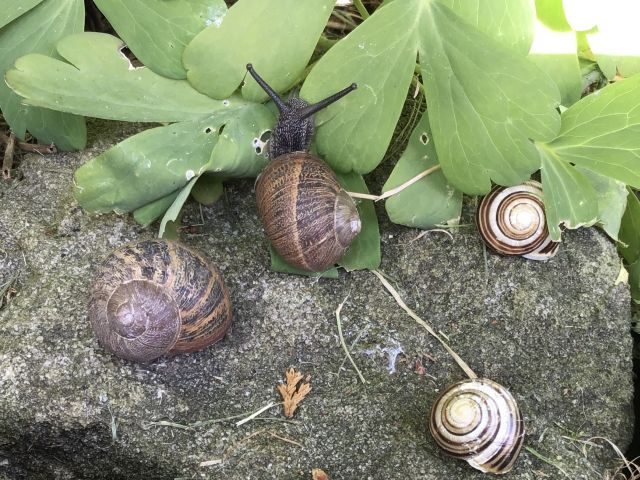 Searching for minibeasts in the natural outdoor environment also provides a great opportunity for children to learn about habitats and what creatures need to survive. It also provides an opportunity to ask open-ended questions to encourage children to chat and further investigate minibeasts:
Searching for minibeasts in the natural outdoor environment also provides a great opportunity for children to learn about habitats and what creatures need to survive. It also provides an opportunity to ask open-ended questions to encourage children to chat and further investigate minibeasts:
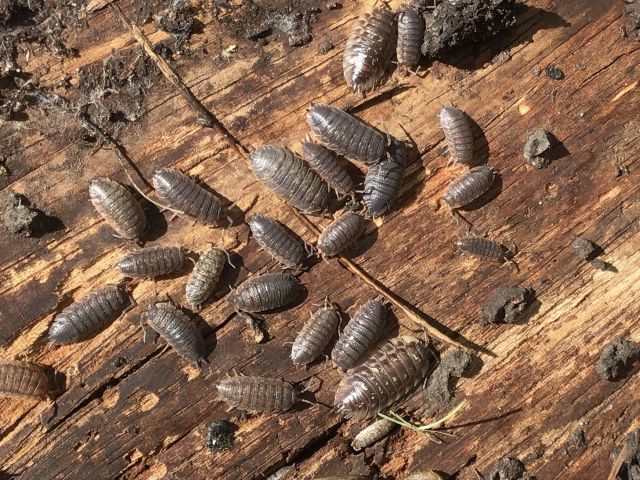 ‘Where do you think that beetle might live?’
‘Where do you think that beetle might live?’
‘I wonder why we found these woodlice hiding under the piece of wood.’
‘Why do you think this spider is climbing on the cane?’
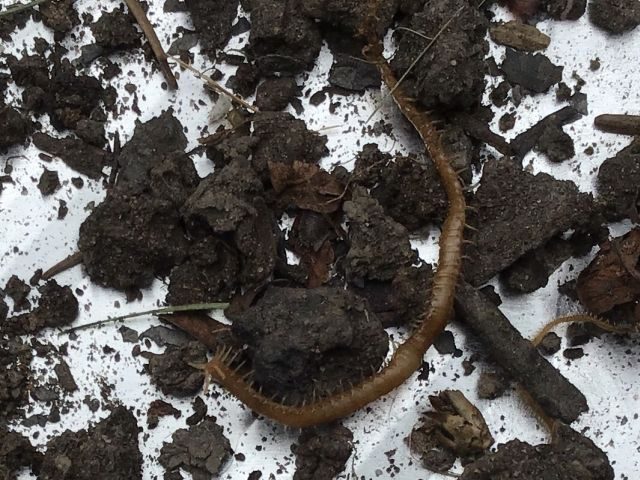 ‘I don’t recognise this minibeast. How are we going to find out what it is called?’
‘I don’t recognise this minibeast. How are we going to find out what it is called?’
Using a minibeast chart can be a fun way to identify and tick off the ones you find. You could make your own chart or here’s one you could use:
https://www.woodlandtrust.org.uk/blog/2019/04/minibeast-hunt/
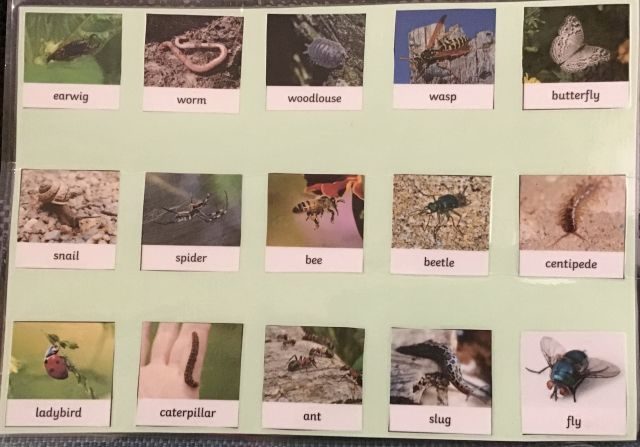
Use the minibeasts you find to make comparisons and predictions:
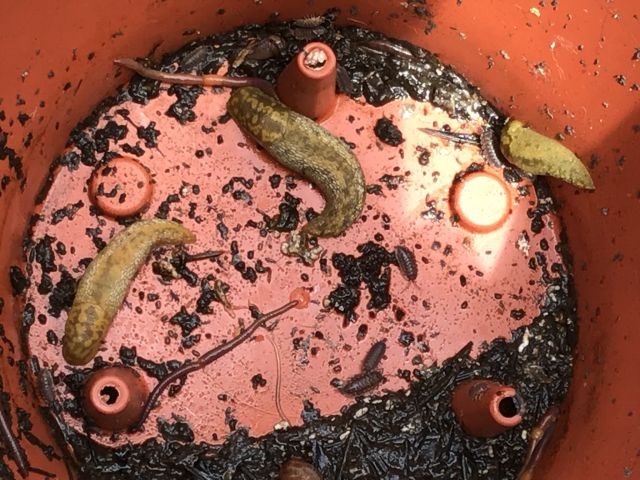 ‘Which is the longest/shortest worm?’
‘Which is the longest/shortest worm?’
‘Which minibeast has the most/least legs?’
‘Which snail do you think will move fastest?’
Another fun way of finding minibeasts in your garden is to make a pitfall trap. Minibeasts that are moving on the ground nearby will fall in and you can check the next day to see what has been trapped. Further information and instructions about pitfall traps can be found by clicking on this link.
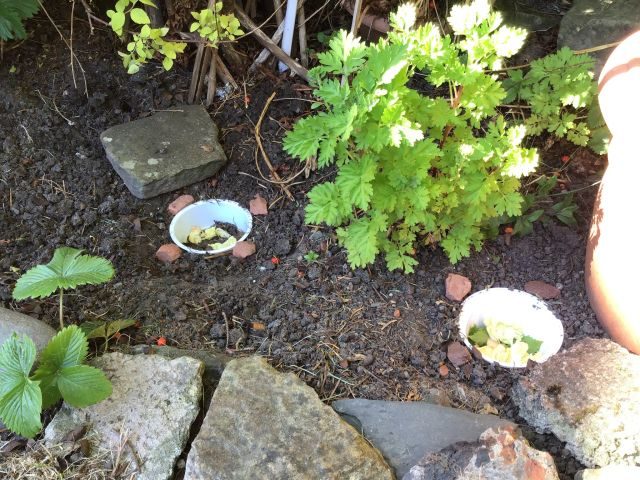
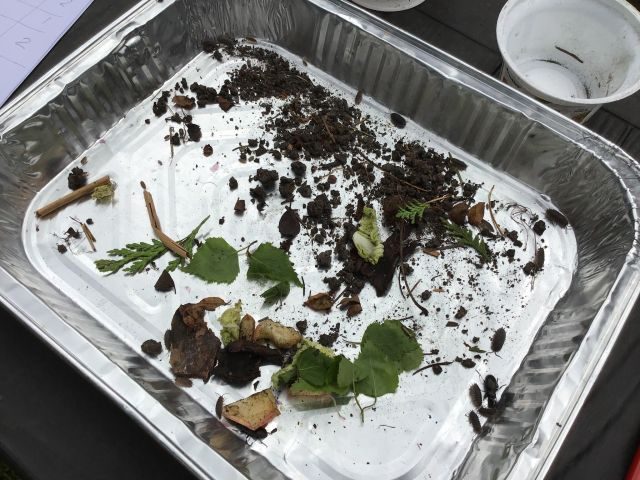
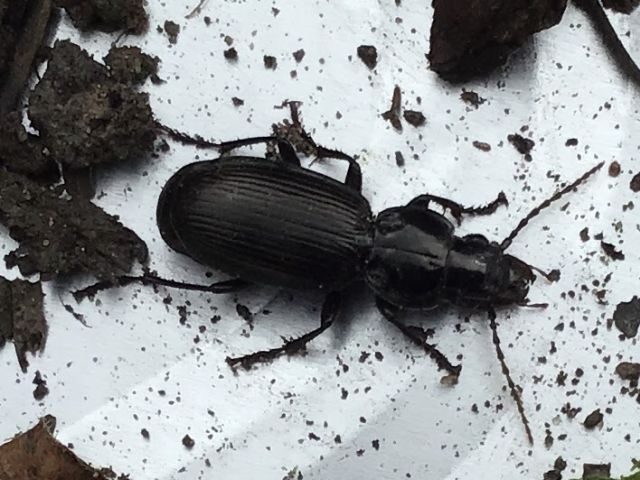 Remember that minibeasts are very small and need to be handled carefully. If you do pick them up, always put them back where you found them. Don’t forget to wash your hands when you are finished.
Remember that minibeasts are very small and need to be handled carefully. If you do pick them up, always put them back where you found them. Don’t forget to wash your hands when you are finished.
Hope you have had fun trying out these minibeast ideas. Please remember to share your child’s learning by tweeting @GlenwoodFC #Glenwoodlearningathome
















